Regular exercise helps to maintain the proper functioning of every organ in the human body, largely by keeping obesity, cholesterol, and blood pressure in check.…
READ MORE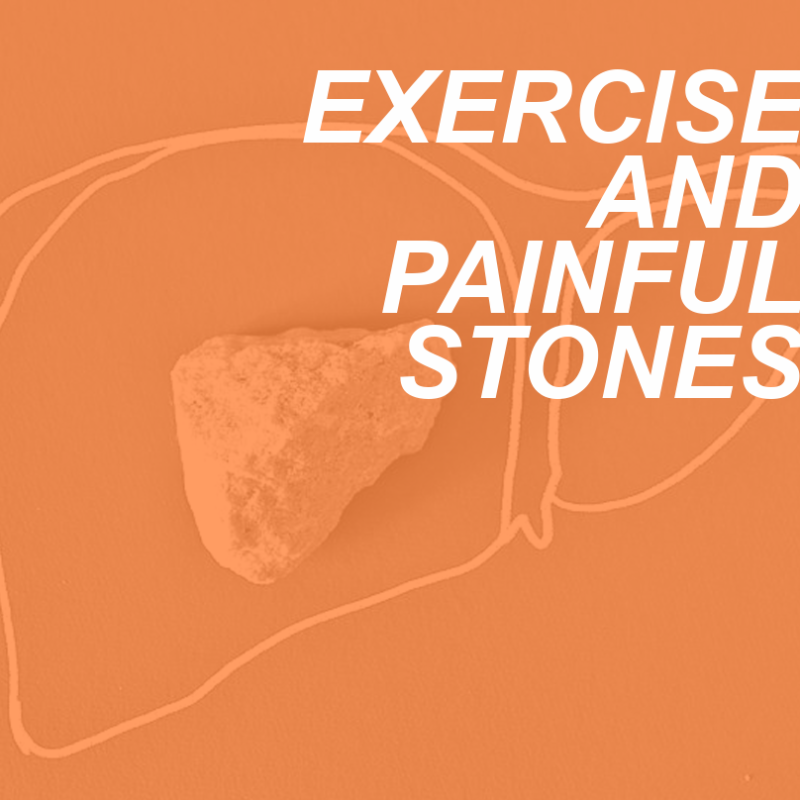

Regular exercise helps to maintain the proper functioning of every organ in the human body, largely by keeping obesity, cholesterol, and blood pressure in check.…
READ MORE
Prudent nutrition plays a key role in promoting personal training clients’ hypertrophy, power, and strength when coordinated expertly with resistance training. If we take that…
READ MORE
Allergies affect approximately 20-40 million people each year. In this country alone, an estimated 15 million people live with asthma and its ensuing complications; sadly,…
READ MORE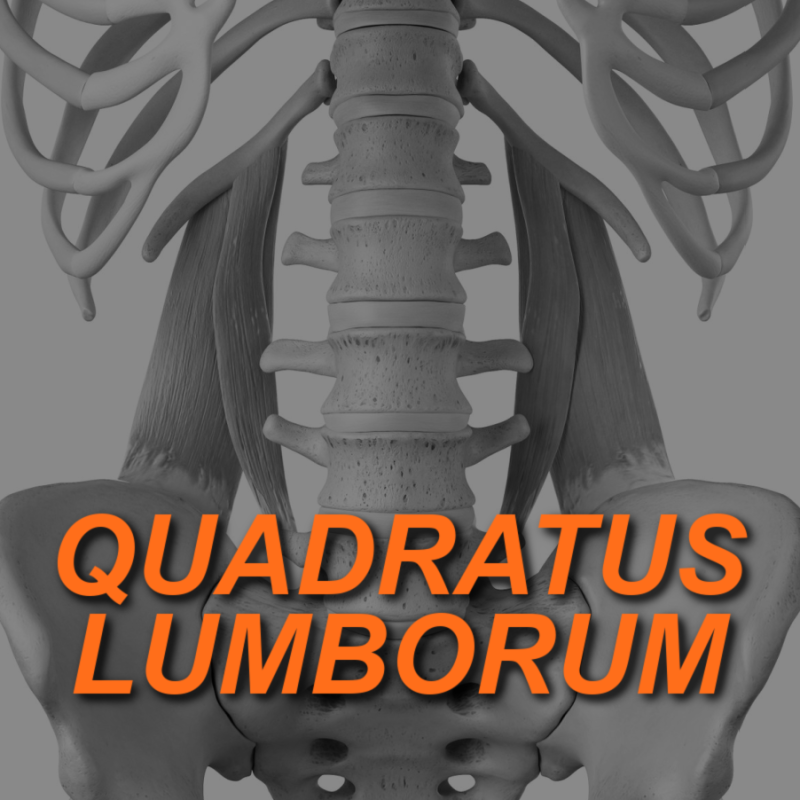
The Quadratus Lumborum (QL) muscles, a common source of lower back pain, are located on either side of the lumbar spine. While they are situated…
READ MORE
Tire training is often used for sport-specific workouts, but it is also an effective way to exercise for gym-goers and personal training clients. Build strength,…
READ MORE
Whether you’re training in a client’s home, a gym, or your own home gym, take advantage of the wall. A wall provides the space for…
READ MORE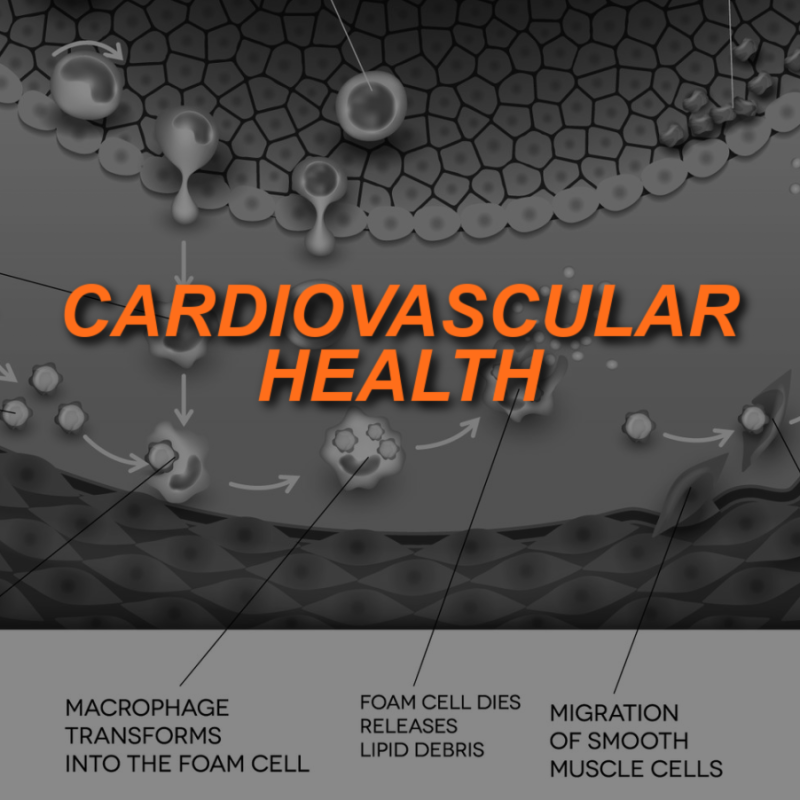
The cardiovascular system is foundational to exercise, and our understanding as personal trainers of how it works and how things can go wrong is critical…
READ MORE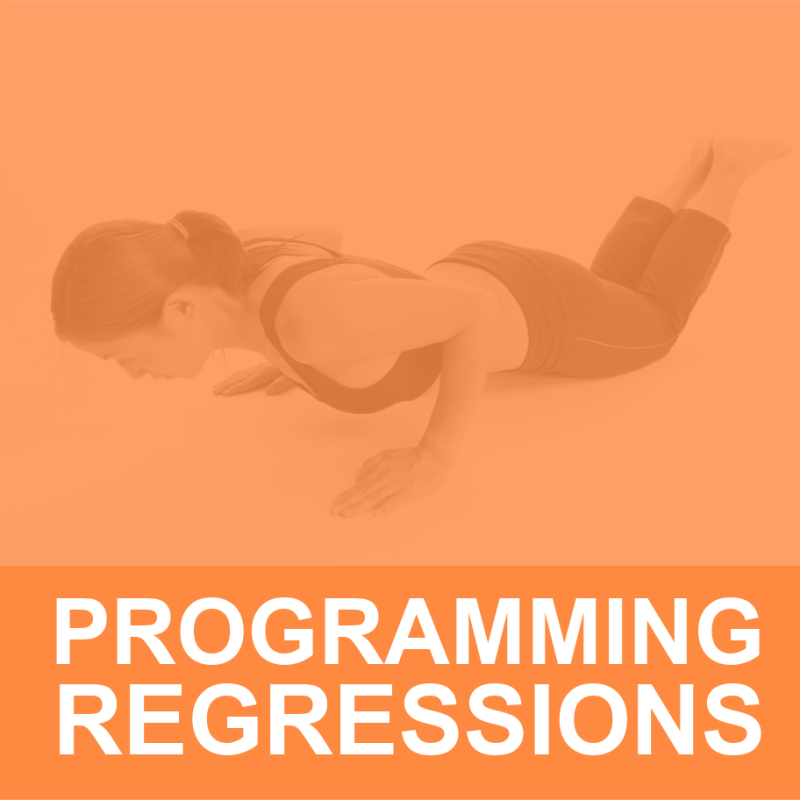
I always say a skilled personal trainer is not about being hard or tough but one that meets a client where they are and gradually…
READ MORE
Sleep, although a natural process, is a really complex one, not always coming “naturally”. In a well-performed musical, all the actors and actresses need to…
READ MORE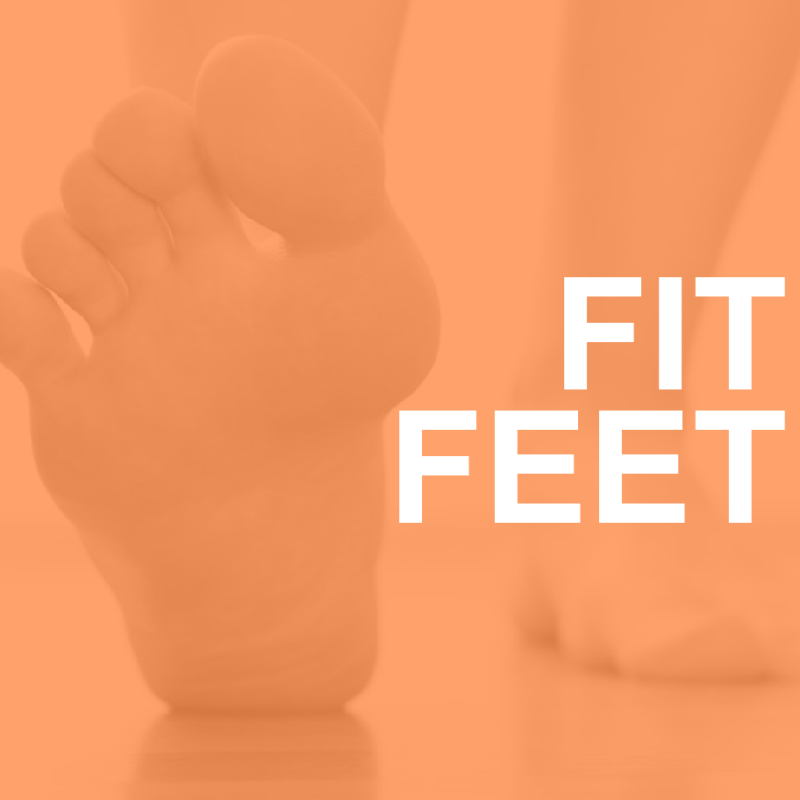
Our two feet are, by definition, the terminals of our legs. As much of our quality of life depends on mobility, proactive foot care and…
READ MORE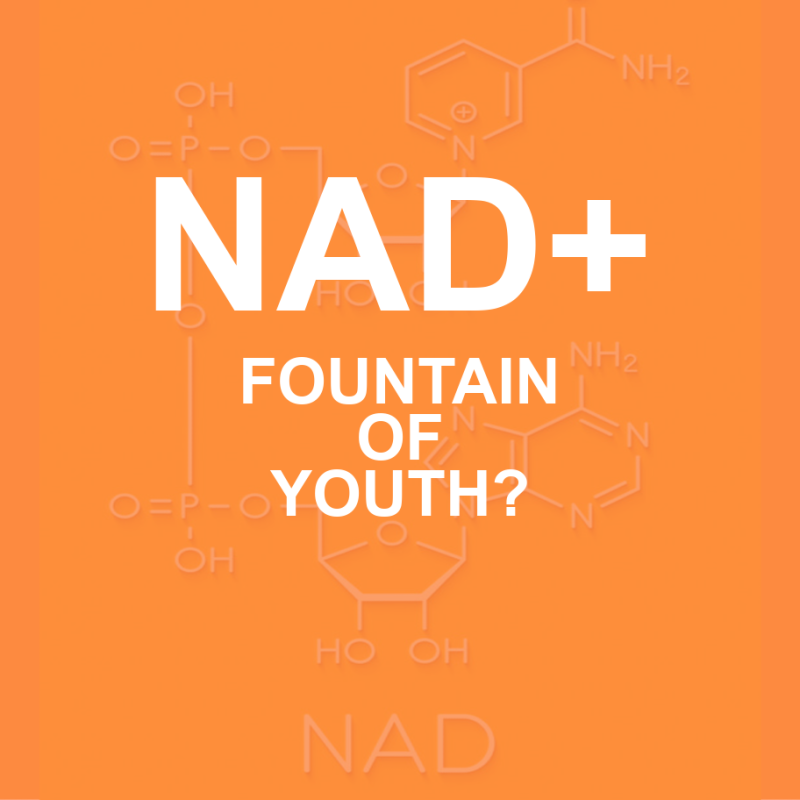
Clients seek out the expertise of personal trainers for a variety of reasons: to lose weight, increase strength, improve endurance, and often simply to feel…
READ MORE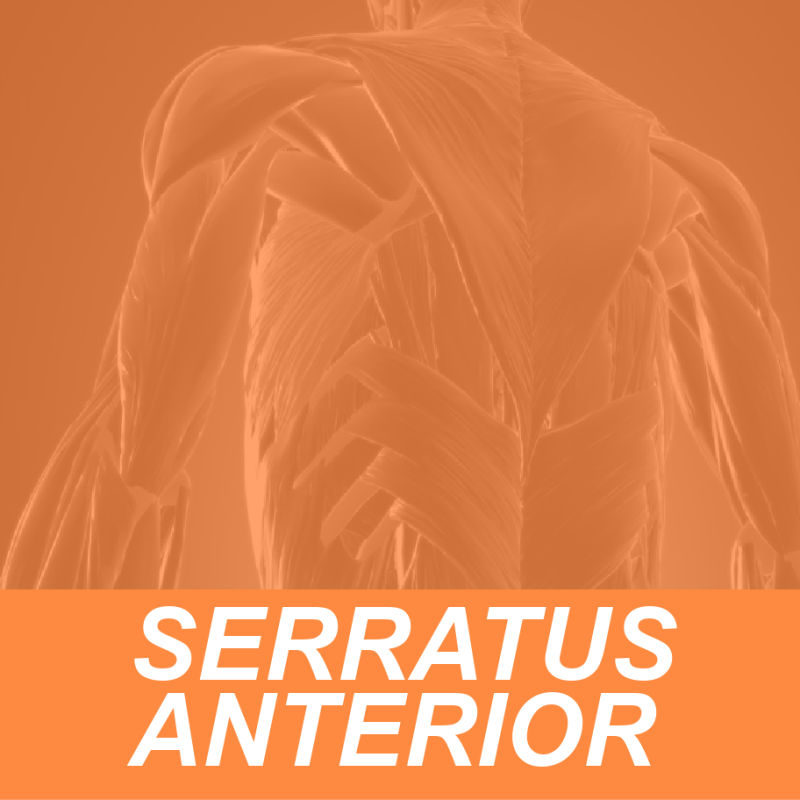
Serratus anterior is often referred to as “the boxer’s muscle” because it is largely responsible for protraction of the scapula – the forward movement of…
READ MORE